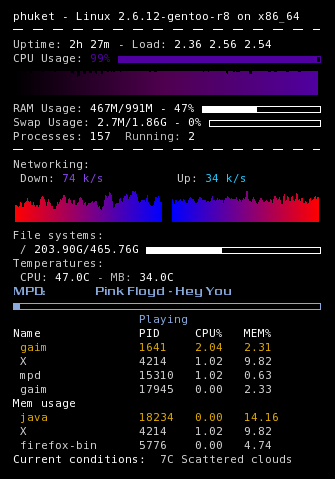Let’s Encrypt has only experimental support for the Amazon Linux AMI, so it’s kind of expected to have issues once in a while. Here’s one I came across today:
# /opt/letsencrypt/certbot-auto renew Creating virtual environment... Installing Python packages... Installation succeeded. Traceback (most recent call last): File "/root/.local/share/letsencrypt/bin/letsencrypt", line 7, in <module> from certbot.main import main File "/root/.local/share/letsencrypt/local/lib/python2.7/dist-packages/certbot/main.py", line 12, in <module> import zope.component File "/root/.local/share/letsencrypt/local/lib/python2.7/dist-packages/zope/component/__init__.py", line 16, in <module> from zope.interface import Interface ImportError: No module named interface
My first though was to install the system updates. It looks like something is off in the Python-land. But even after the “yum update” was done, the issue was still there. A quick Google search later, thanks to the this GitHub issue and this comment, the solution is the following:
pip install pip --upgrade pip install virtualenv --upgrade virtualenv -p /usr/bin/python27 venv27
Running the renewal of the certificates works as expected after this.
P.S.: I wish we had fewer package and dependency managers in the world…
